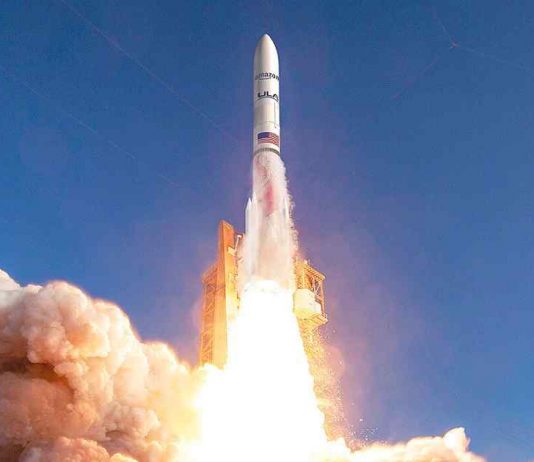Amazon successfully launched its first pair of prototype internet satellites last Friday. The mission marks the beginning of Project Kuiper, Amazon’s ambitious plan to deploy over 3,000 satellites in low Earth orbit. The initiative puts Amazon in direct competition with SpaceX’s Starlink, which already has nearly 5,000 satellites in orbit.
The United Launch Alliance Atlas 5 rocket, bearing Amazon’s logo, lifted off from Cape Canaveral at 2 p.m. Eastern time. The rocket carried two Kuiper test satellites, part of Amazon’s broader strategy to offer global broadband service. Although the live stream of the launch ended shortly after liftoff, Amazon later confirmed that the satellites were successfully deployed and are now in contact with their mission operations center.
Amazon has pledged a significant $10 billion investment in Project Kuiper, which was first announced in 2019. The Federal Communications Commission (FCC) has set a deadline for Amazon, requiring the company to have at least half of its planned satellite constellation operational by 2026.
Industry experts estimate that the market for broadband service from low-Earth orbit satellites could be worth tens of billions of dollars in the next decade. With SpaceX’s Starlink already in operation, Amazon also faces competition from other players like Canada’s Telesat and France’s Eutelsat’s OneWeb.
Amazon aims to serve both individual consumers and enterprise customers with Project Kuiper. The company is developing consumer terminals at a cost of $400 each, although final pricing has not been disclosed. This stands in contrast to SpaceX’s Starlink terminals, which are currently priced at $599.
